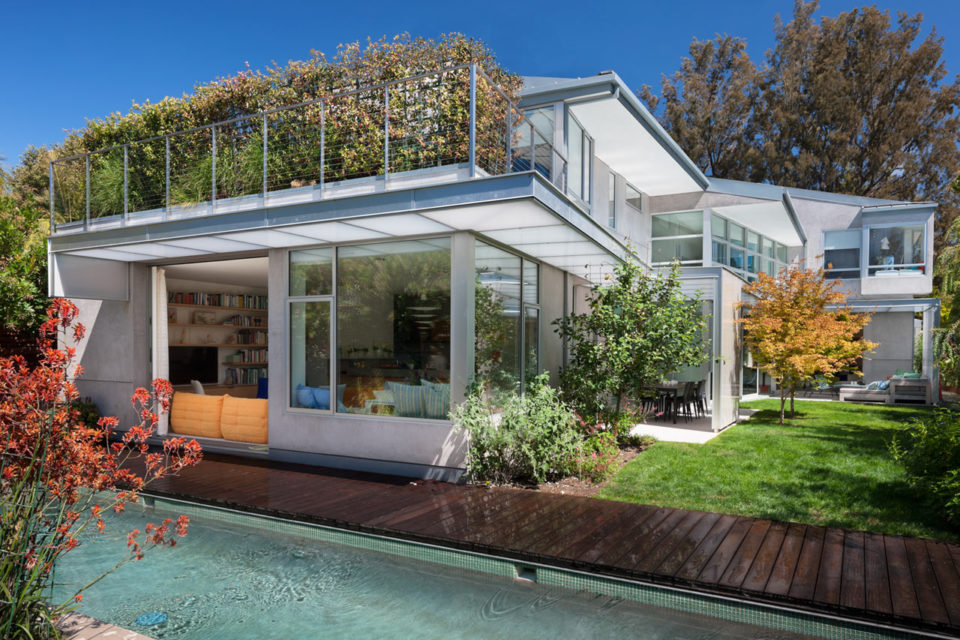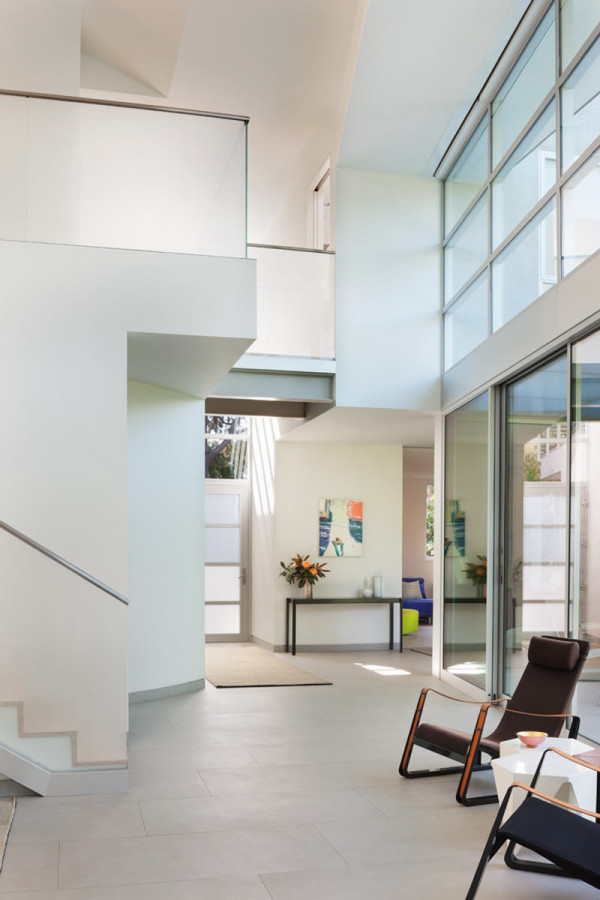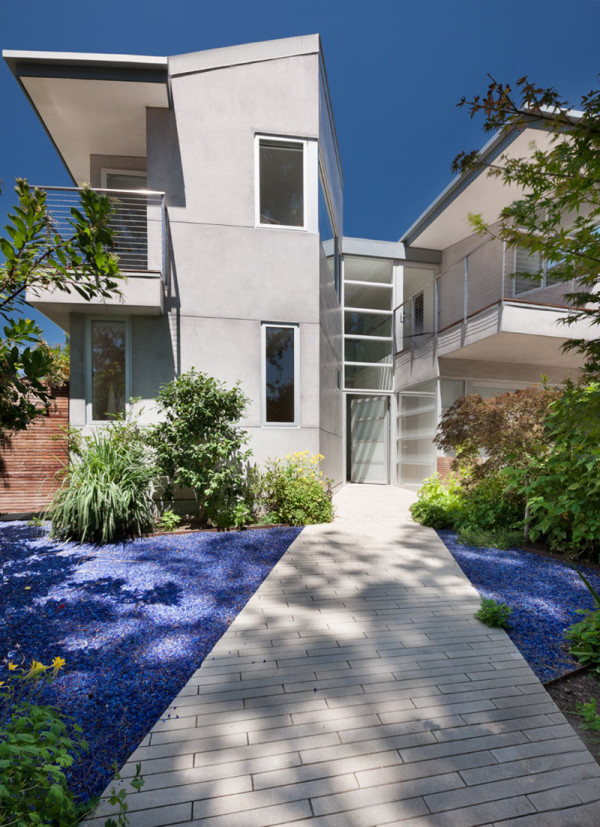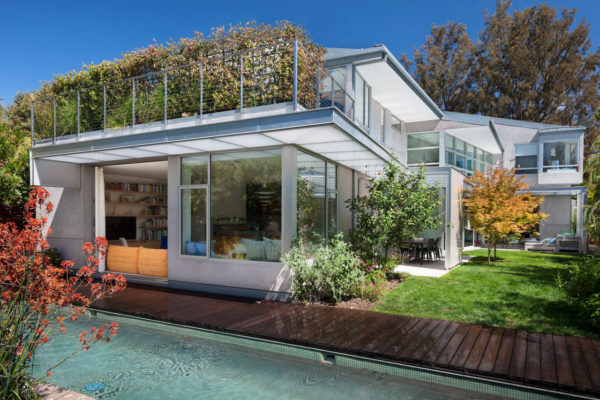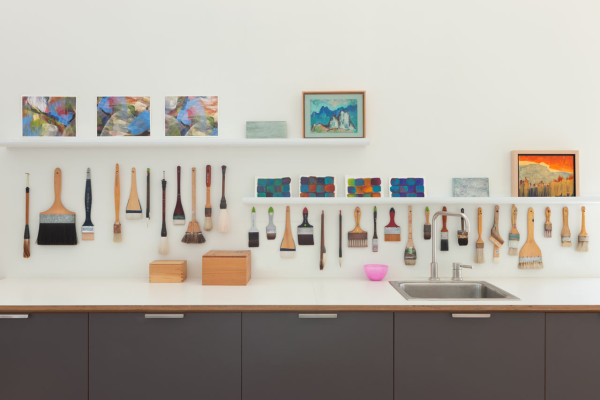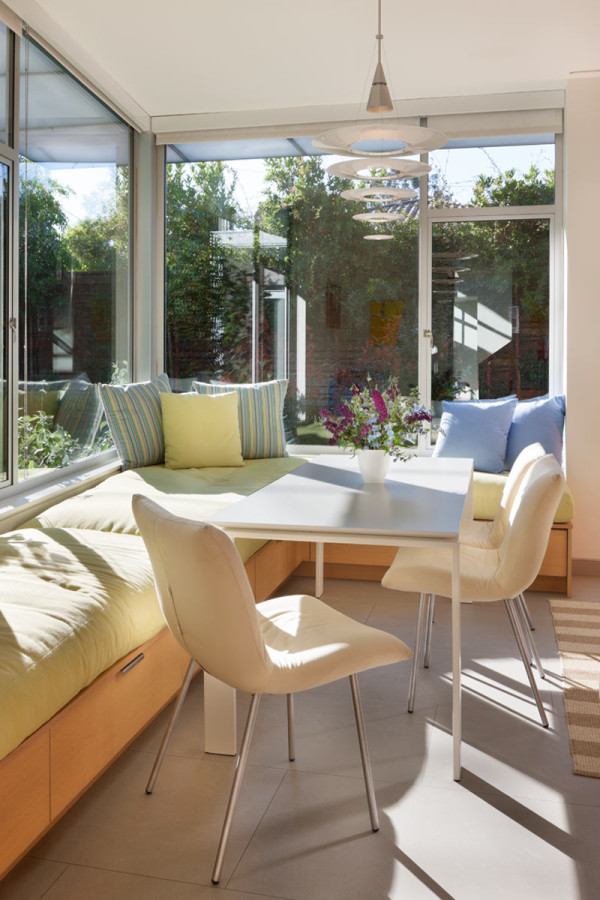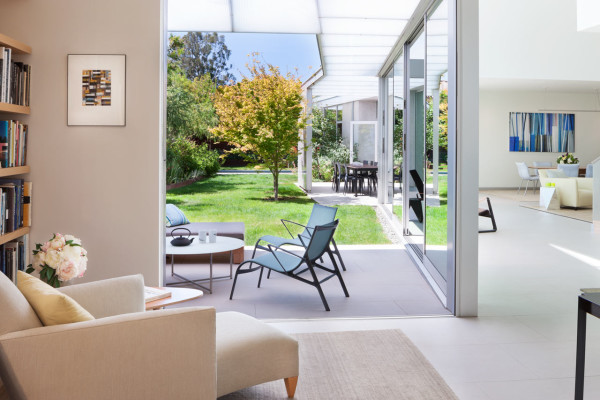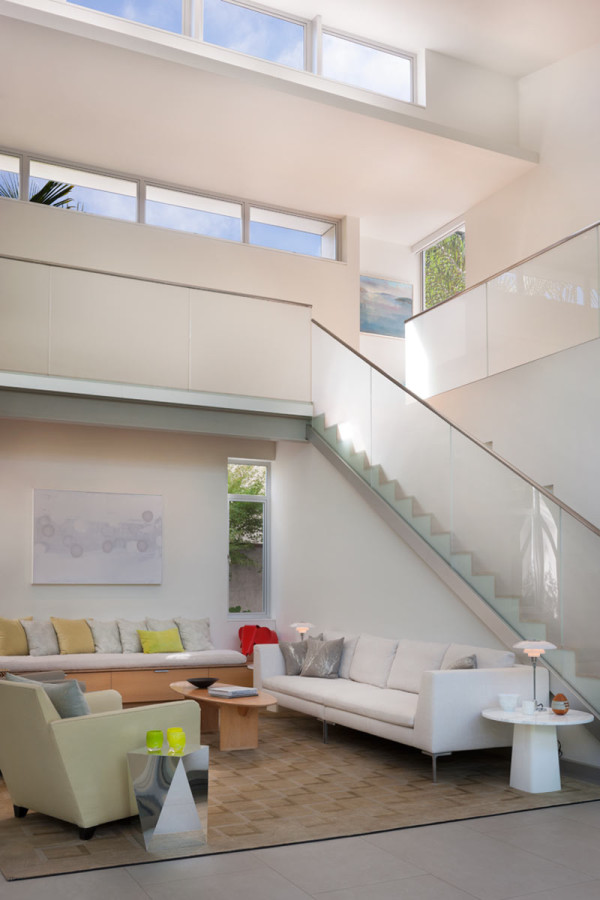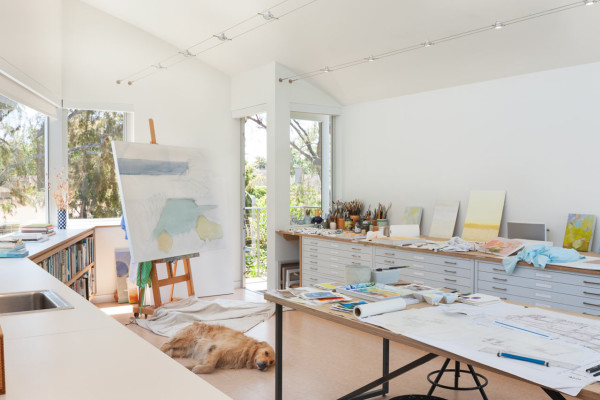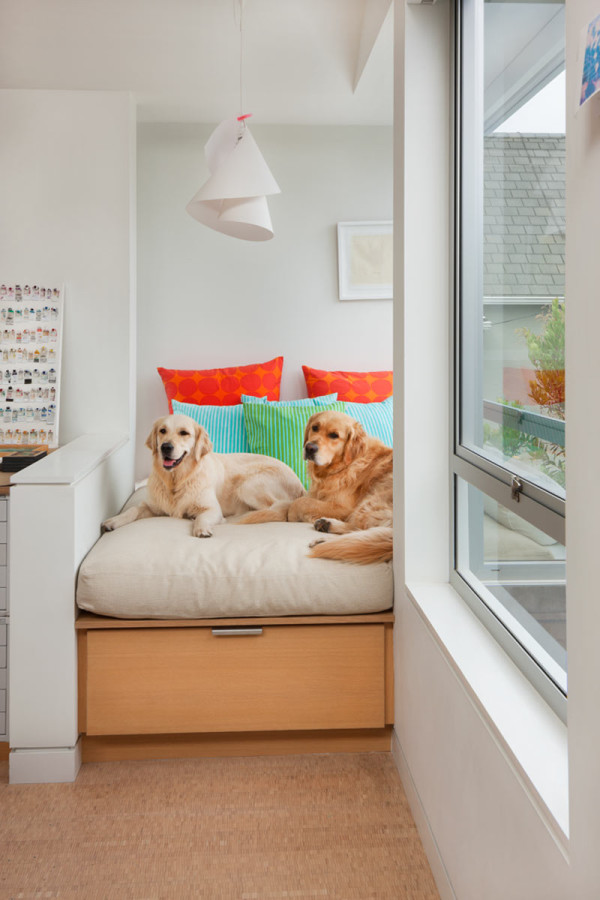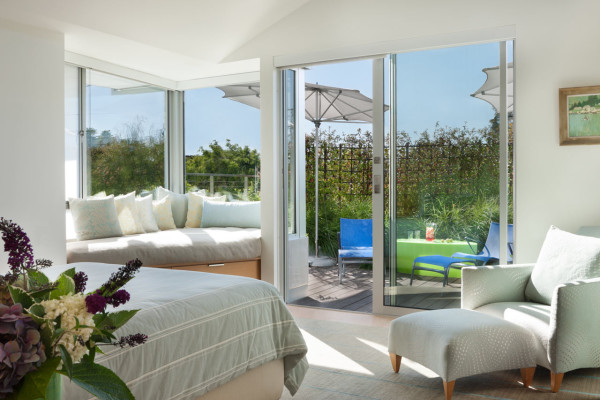Living the future is achievable now
We’ve all seen those perfect images from future. In movies, in books, times when civilization has become so advanced that we don’t need to consume in order to exist. This is what a couple from the United States imagined for their own space of living, so they created the house that eats no energy, perfectly sustainable and real.
They took the decision to move from a rural area back into the city, because their professions required them to, also the city being too tempting. Arriving at a residence in Santa Monica, California, they began building and imagining a home to make indoor and outdoor living possible, fusing them so close to almost become one and only, just like they were used to do back in the country place. The two levels house is now complete and already one year old. We don’t know if or when they intended to do it with fully sustainable methods, but they perfectly managed to do so. And this could very well be just their starting point for future projects.
Cheaper, yet so, so productive
After being fully operational for over a year, they have discovered that the photovoltaic panels are producing energy not only enough for them, but also for them to start a little business of dealing some, as if that was possible. After a slim calculus, we realize they saved 180.000 pounds of CO2 emissions over the last year. They have so much hot water available, heat including for pool that they can just loll back in it, so to speak. They don’t need air conditioning, because of the smart way the whole project was considered and put in practice. Shading, cooling or heat gaining in the cold season are all well optimized because of the same reason too. Being a tall building, incorporating as much sunlight as possible was not a hard task for them. For example, the living room is suitable thought to exist in a double-height space, which can incorporate plenty of windows to attract it.
Regarding materials, it’s all with the least environmental impact as it can be. Recycled and recyclable steel or glass were used. The lumber and plywood were carefully selected and paints, adhesives or other materials were kept to as minimum as possible in the recipe for this result of grand thinking.
